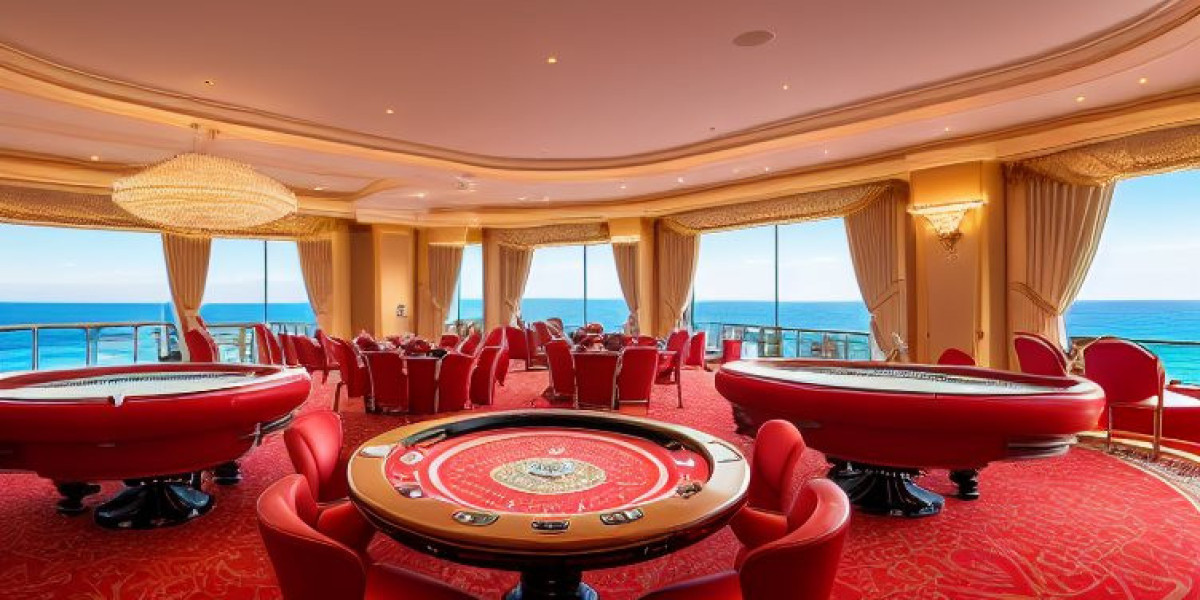The global Mobile Gambling Market Share is fiercely contested among a diverse group of international operators, ranging from long-established betting giants to agile, technology-driven newcomers. A significant portion of the market is consolidated under a few dominant players, such as Flutter Entertainment (owner of FanDuel, Paddy Power, and PokerStars), Entain (owner of Ladbrokes and Bwin), and Bet365. These behemoths leverage their extensive brand recognition, massive marketing budgets, and comprehensive product offerings that span sports betting, casino, poker, and bingo to capture a substantial share of the global user base. Their dominance is further cemented by strategic mergers and acquisitions, allowing them to rapidly enter new geographical markets and consolidate their power. For instance, the acquisition of The Stars Group by Flutter Entertainment created a global powerhouse with a commanding presence in key markets like the UK, Australia, and the rapidly liberalizing US market. These industry leaders set the pace for innovation, investing heavily in proprietary technology, user experience design, and data analytics to maintain their competitive edge and defend their significant market share against a growing tide of competitors.
While the top tier of operators controls a large slice of the market, the competitive landscape is far from a monopoly. The market share is becoming increasingly fragmented due to the rise of regionally focused operators and innovative startups that are adept at targeting specific niches. In the United States, for example, companies like DraftKings and BetMGM have successfully challenged established European players by building strong brand identities tied to American sports culture and leveraging strategic media partnerships. These companies have excelled at user acquisition through aggressive promotional offers and a deep understanding of the local regulatory environment on a state-by-state basis. Similarly, in other emerging markets, local operators often have an advantage due to their cultural understanding and ability to offer tailored payment methods and customer support. The proliferation of white-label platform providers has also lowered the barrier to entry, enabling new brands to launch quickly and compete for market share by focusing on a specific demographic or a unique gaming experience, thereby chipping away at the dominance of the larger players and creating a more dynamic and competitive ecosystem.
The distribution of market share is also heavily influenced by the specific product vertical. Some operators may dominate in sports betting but have a smaller presence in the online casino segment, and vice versa. For example, a brand might be the market leader for mobile poker, while another holds the top spot for mobile slots. This specialization allows smaller, more focused companies to thrive. The technological platform is another battleground for market share, with a constant struggle between native iOS and Android apps versus mobile-optimized websites (web apps). Operators who invest in creating superior, stable, and feature-rich native applications often see higher user engagement and retention, which translates directly into a greater share of the user's "wallet." Ultimately, the fight for market share in the mobile gambling industry is a multi-front war waged through technological innovation, multi-billion-dollar marketing campaigns, strategic M&A, regulatory navigation, and the ability to deliver a compelling and trustworthy user experience that keeps players coming back in an increasingly crowded and competitive marketplace.








